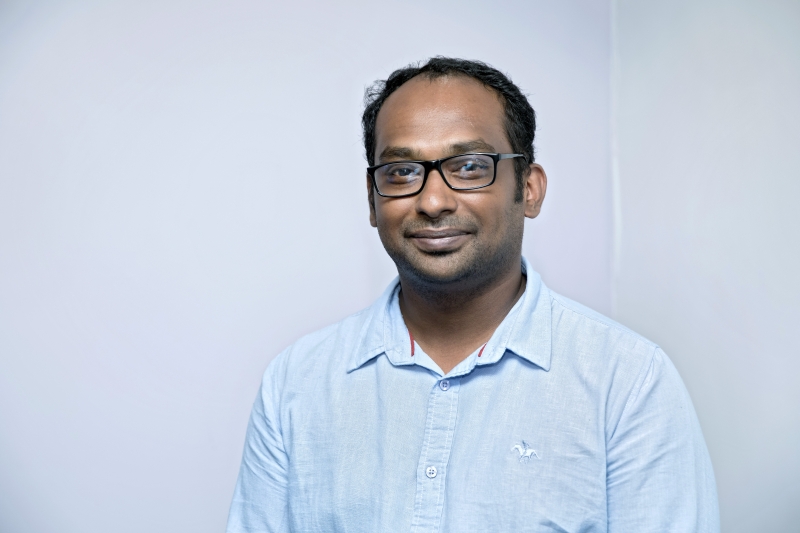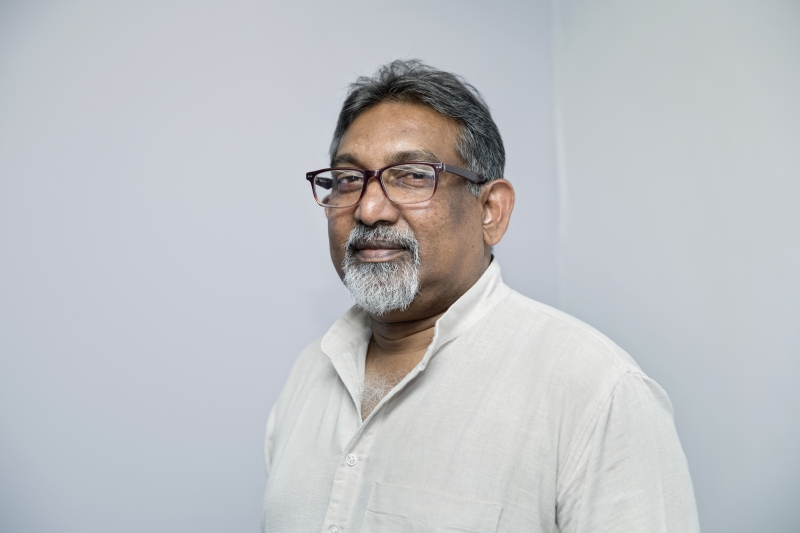The Sustainable Development Goals take a people centric and bottoms-up approach to development, at least in theory. While national governments have adopted the SDG-programme, there is big gap in the mechanisms of the SDGs that fail to recognize excluded and forgotten communities, like Dalits and other communities based on cast and descent. The mottos people, planet and prosperity and leave no one behind have become lost in an ocean of consultations at national and international level. This leaves the most underdeveloped community of 260 million people denied of their right to socio-economic development and a life of dignity.


In our experience as a human rights defenders and socio economic researchers, we have seen both sides of the coin. On the one side you have the utopian model of holistic development. On the other side, you have the reality of life where people are struggling for survival. While the ambition of the SDGs is to provide an inclusive, equitable and participative development programme, the result is segregation, alienation and discrimination of Dalit men, women and children. The gap between the vision of the SDGs at the United Nations in New York and its recipients in the villages of India is vast. The SDG-model needs to be more representative, equitable, transparent and accountable in order to ensure a definitive impact. The focus should be on targeted policies and the effective and inclusive implementation of these. For example, basic indicators for economic development, like education, is inaccessible for children from the Dalit and Adivasi[1] communities, even though India has affirmative actions and policies directed at encouraging education in the these specific communities.
Sabita Kumari’s story illustrates the structural and institutional discrimination faced by Dalit girls in achieving higher education. Sabita Kumari belongs to the Dusandh community (a Dalit Community) from Plakishaki in Gaya, Bihar. Coming from an economically fragile family, she is dependent on the state scholarship intended for Dalit or Adivasi students pursuing higher education. Even though Sabita was eligible for this scholarship, the college administration failed to provide it to her, even after constant inquiries and registration of a complaint. For more than two years Sabita fought to get the scholarship she was rightfully entitled to, but without success. She finally was forced to drop out of college and discontinue her studies. This is not just the story of one child. According to National Survey on Estimation of ‘Out of School Children’ in 2009, 28.34 percent of the drop out is from Dalit communities[2]. In 2014 the percentage rose to 32.67 percent.
The SDGs in the current scenario would fail miserably to mainstream the excluded communities like Dalits and Adivasis. The UN and the international community should ensure that India adopts more effective and inclusive policies and with a special focus on implementation. The monitoring, follow up and review process of the SDGs should be done regularly by an external agency. This agency should evaluate the state on their SDG implementation and provide transparent recommendations for more effective and inclusive implementation. The state should guarantee special provisions with increased public finance for implementation of SDG programmes on the ground level – ensuring its reach to the most vulnerable population first.
[1] Adivasis are the tribal or indigenous communities in India, officially known as Scheduled Tribes.
[2] The SC, ST and Muslims makes total of 64.5% of the total drop out in 2009 and 75% in 2014
The NHRF invites different actors within the human rights field to contribute on this blog. The opinions expressed here are those of the authors.

